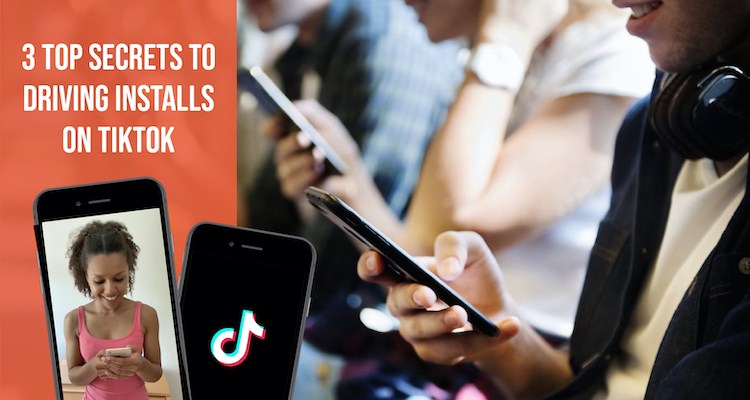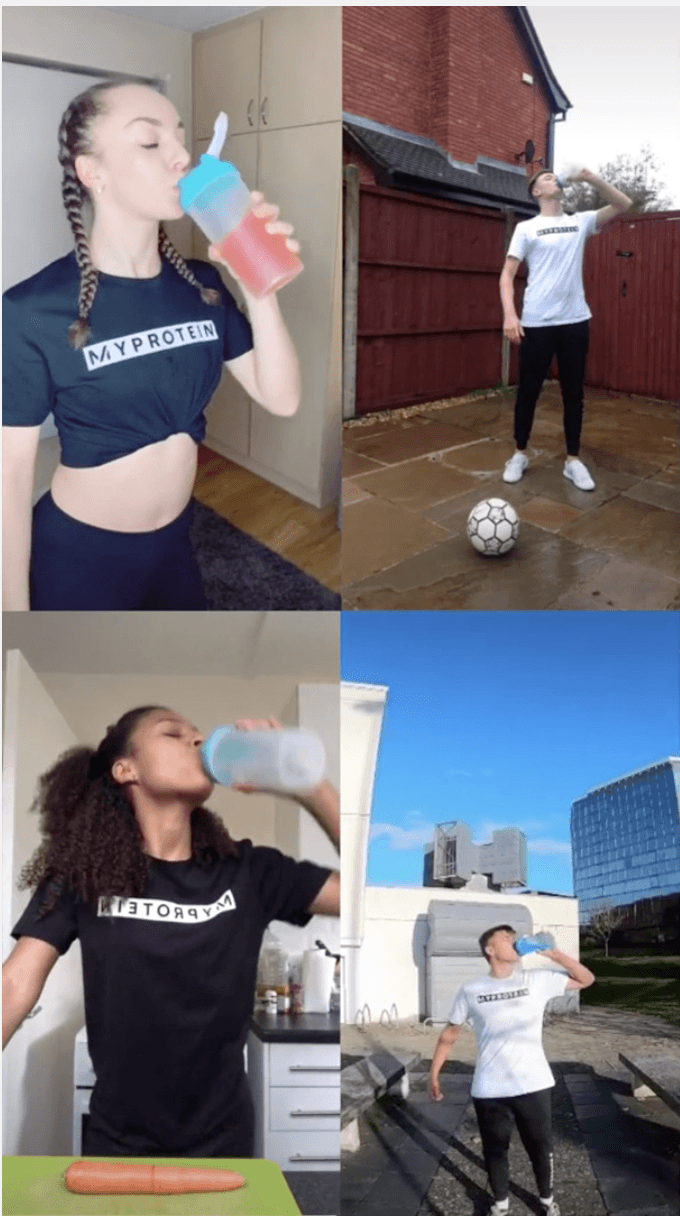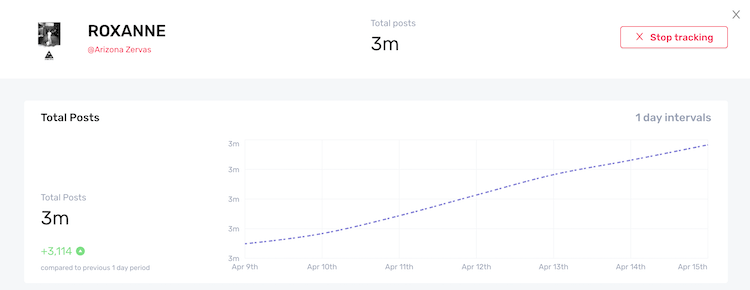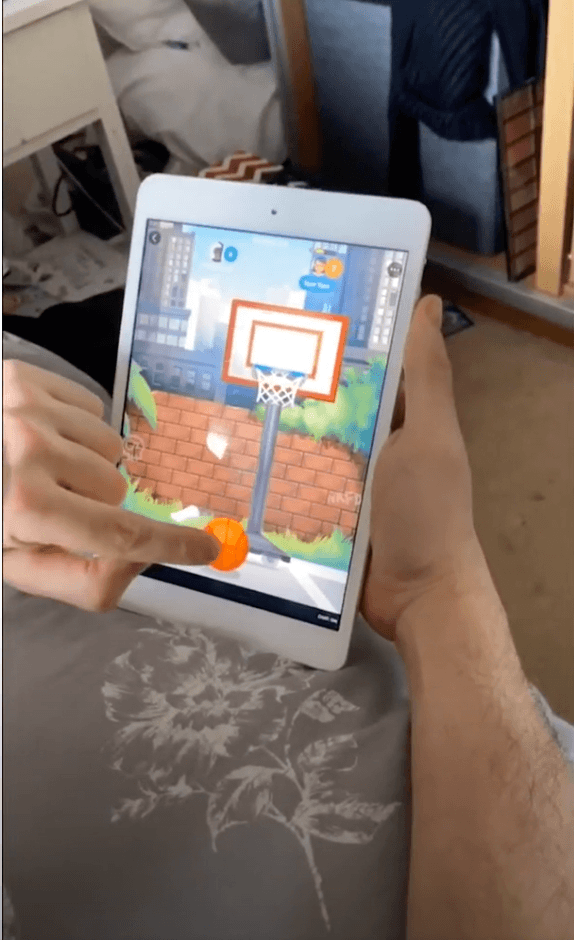
With over 500M monthly active users and home to the much sought after Gen Z, TikTok is one of the most powerful digital advertising tools in a marketers’ playbook. What’s more, frequently referred to as ‘Install-accelerator’ by our app clients, TikTok is just waiting for its exclusive communities to be unlocked by app marketers.
Besides, with Instagram reaching mass saturation levels and becoming increasingly competitive due to higher CPI and decreasing ROAS, TikTok offers something marketers can’t get anywhere else: a new channel to reach a highly engaged Gen Z audience.
However, with TikTok’s ad platform still in its infancy, it’s no surprise that app marketers are still unsure about what works and what doesn’t.
We’re here to bridge that gap. Using our award-winning platform, we have activated 200+ campaigns for the world’s leading brands like King, Miniclip, Voodoo and Playdemic and have discovered effective content hacks that any app marketer can use to drive results using a combination of influencers + paid ads.
Influencer marketing & paid ads will save you money
If you are going to market on TikTok then you need to get one thing straight: that TikTok’s success and popularity is driven by content featuring real people. Brands that are blind-sighted by this automatically fail. But this isn’t just temporary failure. By not using people in your ads you can jeopardize your entire reputation by alienating the target audience you’re trying to dominate. You will also hurt by spending a large amount of your budget and time in the process.
The best way to side-step this and drive higher conversions is by using influencers to create content and repurpose it to boost through TikTok ads. In doing so, you’re able to arrive on the app almost as if you’re holding an ‘I come in peace’ sign. By using influencers, well-known faces who have built an army of fans on the app, users are more likely to 1. Actually watch the content and 2. Build affinity with your brand and convert.
We like to think of this as an ‘influencer retargeting’ strategy, one that we recently activated for MyProtein. We go into detail about our content idea and how we developed this on our cheatsheet which you can download on the link at the end of the article.
Leverage viral songs in your content
The main reason why 41% of users of TikTok are aged between 16-24 is because the content on the app effortlessly entertains and speaks Gen Z’s language. Many of the ways it does this is through popular culture references, trending music, and relatable memes.
These things are at the core of TikTok and are the reasons why the users spend so many hours on the app. So, if you, as a marketer, aren’t able to incorporate any of these things into your creatives it will be clear to the users that you don’t understand them as a generation and that your presence on the app is exclusively to sell.
This won’t just hurt your current marketing campaign but it can also cause a snowball effect of problems in the long-term. It only takes one piece of bad content for your target audience to form negative associations with your brand, therefore, marking you as a brand that is dull, behind-the-times, and only wants one thing from them: their money.
Our best advice for tackling this is to think ‘advertainment’; prioritize your audiences tastes and entertain them first and then think about how you can market your product or service within that. Music is a massive part of TikTok, and using trending songs in your ads is an effortless way to show your audience that you are current and more importantly, that you understand them and want to entertain them. This way, they’re more likely to build an affinity with your brand.
We’ve leveraged this hack using our industry-leading Bytesights tool in an activation we ran with a social live-streaming app, more of which we speak about in our cheatsheet.
Increase watch time with comedy skits
A common woe that many inexperienced TikTok marketers face is driving low conversion rates after spending time, effort, and resources on their creatives. From developing several creatives for all types of brands, we realized that most under-performing creatives were due to them being too product-focused and the reasons for this are simple.
Gen Z, also labelled as the ‘Digital Natives’, have visually oriented mindsets and consequently, are quick to reject content from brands that come across to them as uninspiring, drab, and overly branded. So, if you have created an ad solely with your product or service in mind, you risk alienating them and valuable time will be wasted.
Time is better spent striking a balance between ‘hard selling’ and creating captivating content. As mentioned before, your product should come secondary to putting out a unique piece of quality content; this is the most effective tactic in running an influencer campaign.
We found that embedding an app in a comedy skit or prank proves to be a dream duo which results in optimized watch times and conversions. To find out how we leveraged this hack with Plato, a mobile gaming app, simply download the cheat sheet on the link at the bottom of the article.
It’s an ‘appy day for app marketers
Apps marketing to a Gen Z audience must understand that they do not consume media in the same way as previous generations. They have their own set of likes and dislikes and are immediately switched off by a brands attempt to aggressively push their products in front of their faces.
This fact is even more crucial for apps attempting to gain traction on a platform like TikTok where a large majority of the users are Gen Z. So, take time to be active on the platform you’re trying to dominate and understand the culture that really makes it tick. This will ensure that your foray into the app will be fruitful.
At Fanbytes, we help ensure that our app clients take a pioneering and dynamic approach to achieve their TikTok marketing goals through a combination of influencers, paid ads, and state-of-the-art analytics.
If you want to gain access to our case studies and find out how we put these 3 hacks to work, click here to gain access to our cheatsheet on how apps can drive installs on TikTok.














